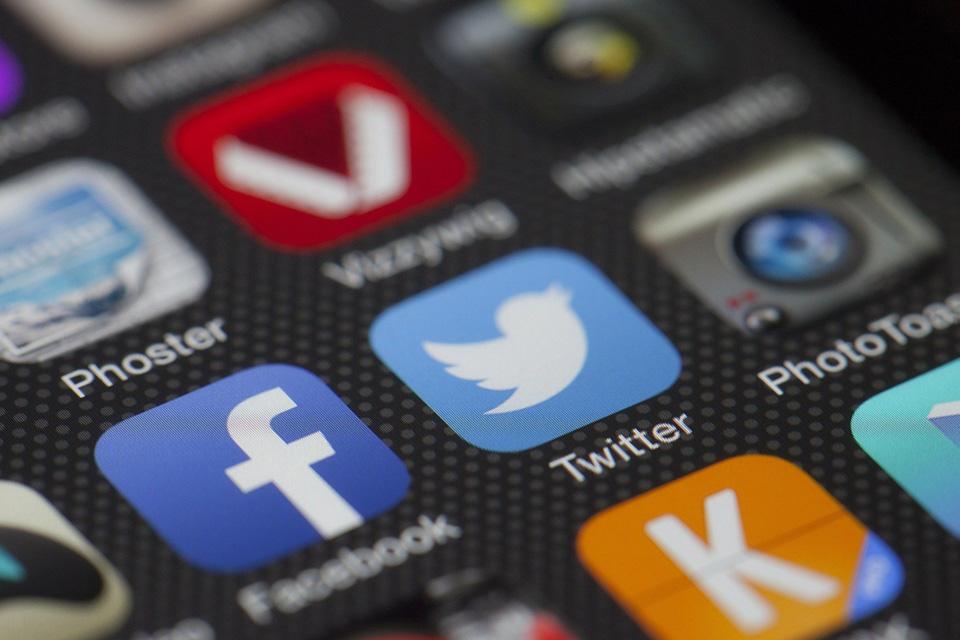QR Codes are everywhere. You've seen the black-and-white checkered squares on everything from food packages to the pages of your favorite magazine. Similar in appearance to barcodes, QR codes (Quick Response codes) are two-dimensional bar code that can be decoded by using your smartphone with a QR code reader. Their usage has rapidly increased with the widespread adoption of mobile devices. A February 2011 survey by MGH, a marketing research company in Ocean City, Maryland, showed that most US smartphone users scan QR codes to get a coupon, discount, or deal.
QR codes are used to let customers see more information about a product, service or event. Generally, they direct the scanning device to a URL, video, coupon, menu, or event page. Once you’ve generated and QR Scan, include it on all your marketing materials and signage.
There are two things you need to have to deal with QR codes:
- A mobile phone with a camera and internet connectivity
- A QR code Reader
QR codes don't have to be black and white. They may be configured to include your logo, farm name and colors. Best of all, it's free to obtain a QR code at numerous websites.
To design and obtain a free QR code, visit any of the following websites:
But what can quick response (QR) codes do for your operation?
QR codes make it possible for you to get people to go to your website blog, social, media page, product page, or news feeds from any location. It can bridge the gap form offline locations, such as farmers markets, to your on-line information. It can also serve as a digital business card.
Watch for QR codes to change in design and usage. In the near future, you may be able to include a QR scan in your farm promotional materials, that when scanned, plays a video of your farm or about your products.
Digital Databases – Getting Your Business Listed
Small, rural businesses (e.g. tourism & agritourism operators, artisans, craftspeople, “mom and pop” restaurants) face many challenges, especially when it comes to marketing and advertising their products and services. Business owners may be preoccupied with ‘traditional’ forms of advertising, which include signage, yellow page advertising (‘the book’), and the dissemination of information through other print media, including magazines and newsletters. These approaches can be expensive and do not always target intended audiences.
